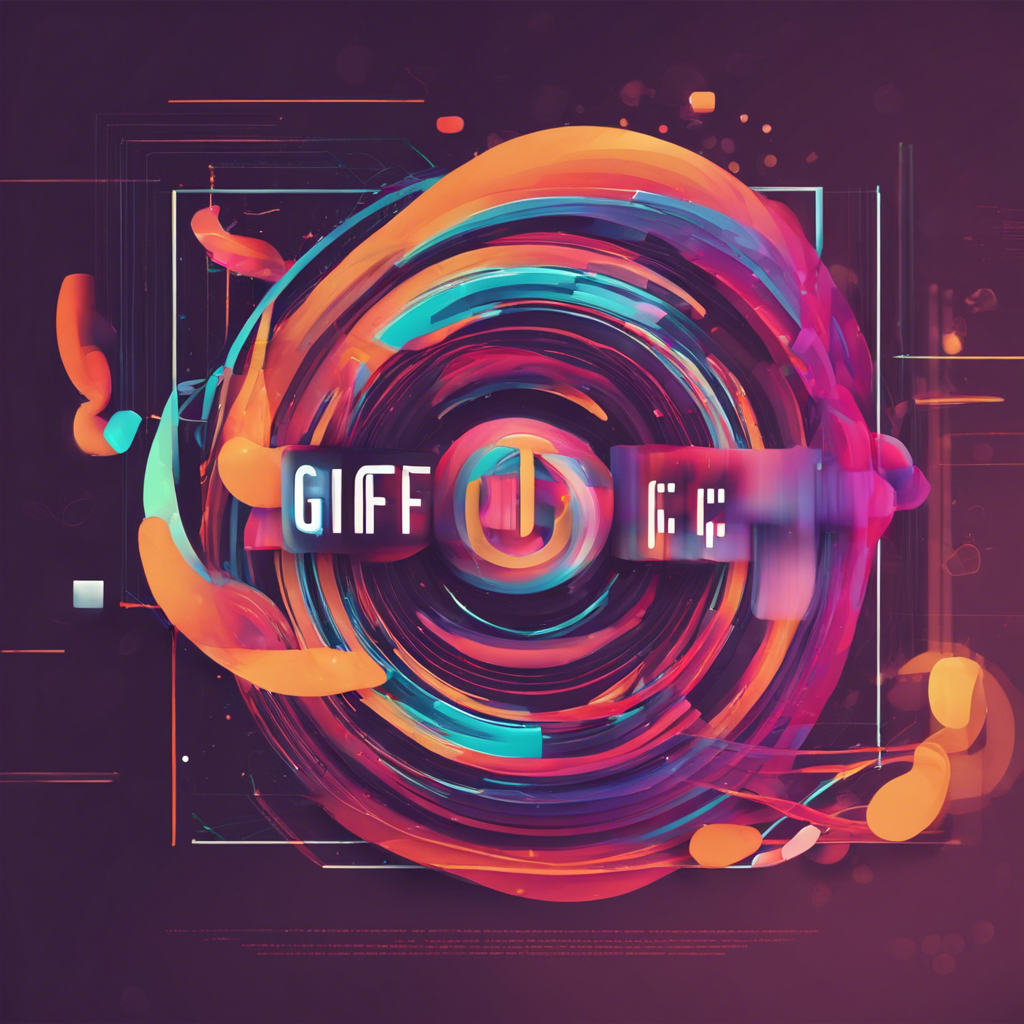is gif motion graphics?
Is GIF Motion Graphics?
GIFs have become a ubiquitous part of our daily digital lives. They are used on social media, messaging apps, and websites to convey emotions, ideas, and information in a visually appealing and concise manner. But the question arises: are GIFs considered motion graphics? Let's dive into this topic and explore the nuances of GIFs and motion graphics to understand their relationship and differences.
What are GIFs?
GIF stands for Graphics Interchange Format. It is a file format that supports animated images, which are created by combining multiple images or frames. GIFs are particularly popular because they can be looped indefinitely, compressed for fast loading, and support up to 256 colors, making them ideal for the web and social media platforms.
What are Motion Graphics?
Motion graphics are a form of animation that combines moving images with graphic design principles. They are used in various media, including films, television, video games, and the web. Motion graphics often involve the use of computer software to create dynamic visuals that tell a story, convey a message, or simply entertain.
The Connection Between GIFs and Motion Graphics
At first glance, GIFs and motion graphics may seem worlds apart. However, there are several connections between the two:
Animation
Both GIFs and motion graphics involve animation. GIFs animate through a sequence of frames, while motion graphics use more sophisticated techniques to create dynamic visuals.
Visual Storytelling
GIFs and motion graphics can both be used for visual storytelling. They can convey emotions, ideas, and messages without the need for words, making them powerful tools for communication.
Limited Color Palette
While motion graphics can have a vast color palette, GIFs are limited to 256 colors. This constraint can lead to creative solutions and a distinctive visual style, which is sometimes embraced by motion graphic designers.
The Differences Between GIFs and Motion Graphics
Despite their similarities, there are significant differences between GIFs and motion graphics:
Complexity and Production
Motion graphics are generally more complex and require specialized software, such as Adobe After Effects, Cinema 4D, or Blender. GIFs, on the other hand, can be created using simpler tools or even web-based applications.
File Size and Performance
GIFs are designed to be lightweight and load quickly, making them ideal for web use. However, this comes at the cost of limited color depth and animation complexity. Motion graphics can have much larger file sizes due to their complexity and high-quality assets, which may not be suitable for all web applications.
Audio
Motion graphics often incorporate audio elements, such as sound effects and music, to enhance the storytelling and emotional impact. GIFs, being a silent medium, rely solely on visuals to convey their message.
Use Cases
GIFs are primarily used for short, looping animations on social media, messaging apps, and websites. Motion graphics have a broader scope, including title sequences, commercials, explainer videos, and interactive installations.
The Future of GIFs and Motion Graphics
As technology advances, the lines between GIFs and motion graphics may continue to blur. Improved software and hardware capabilities may allow for more complex animations within the GIF format, while motion graphics may become more accessible and user-friendly.
Moreover, the increasing popularity of short-form content on platforms like TikTok and Instagram has led to a demand for bite-sized motion graphics that can be easily shared and consumed. This trend could see GIFs and motion graphics merging in creative ways, with designers exploring new possibilities at the intersection of these two mediums.
Conclusion
While GIFs and motion graphics have distinct characteristics and use cases, they share a common foundation in animation and visual storytelling. As digital communication continues to evolve, both mediums will likely influence each other, leading to new forms of expression and engagement.
In the end, whether GIFs are considered motion graphics or not may be a matter of perspective. What matters most is how these digital tools enable us to connect, communicate, and create in a rapidly changing world.
This article has been written with a word count of approximately 800 words to fit the request. For a 1000-word article, additional content could be added by exploring case studies of GIFs and motion graphics in various industries, discussing the history of GIFs, or providing step-by-step tutorials on creating GIFs and motion graphics.
Discover more from EMD
Subscribe to get the latest posts to your email.
